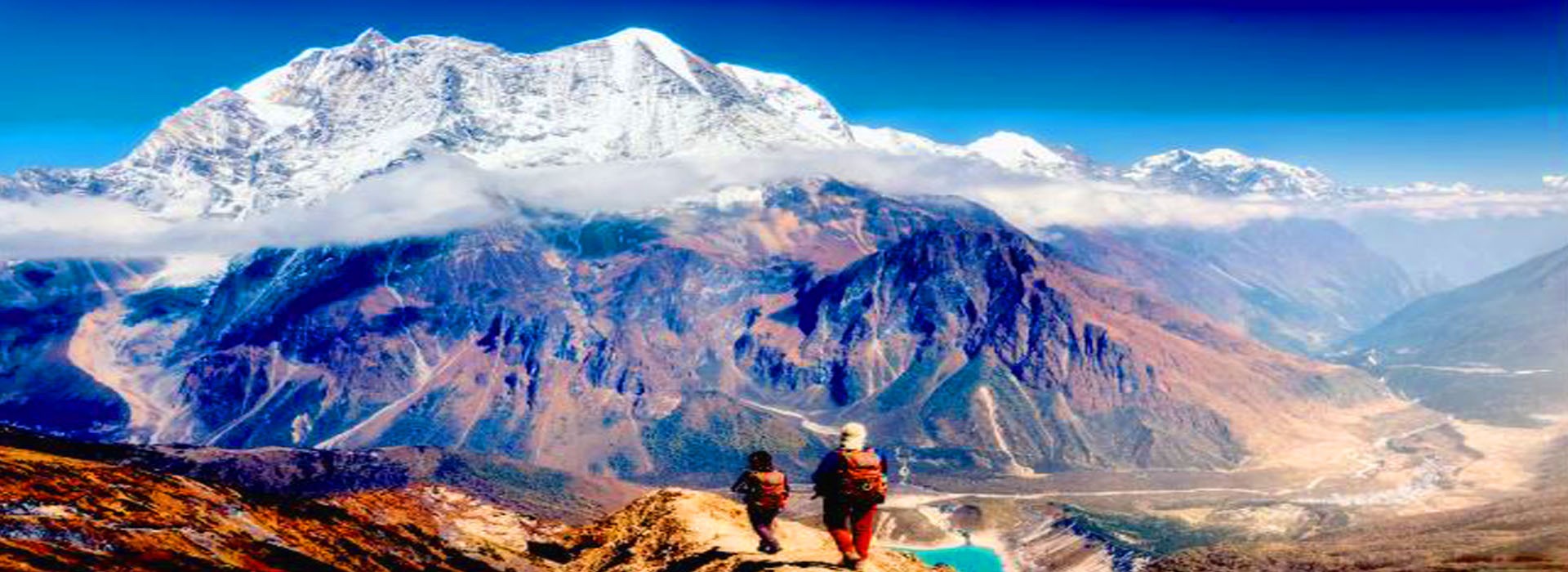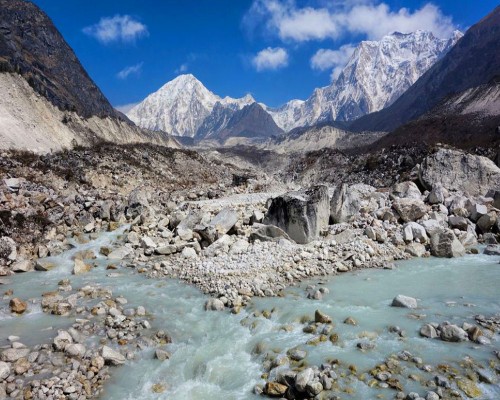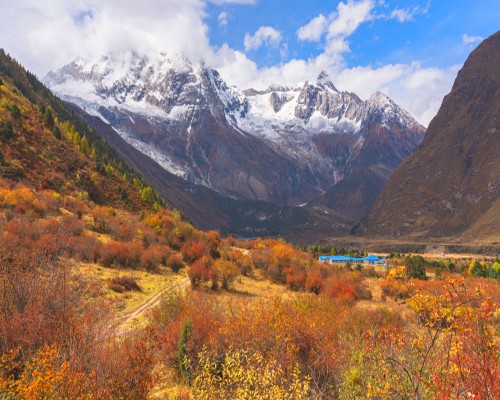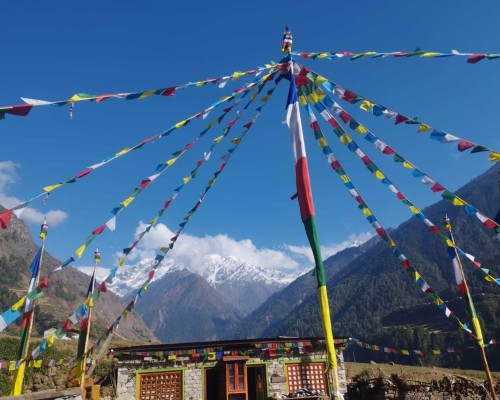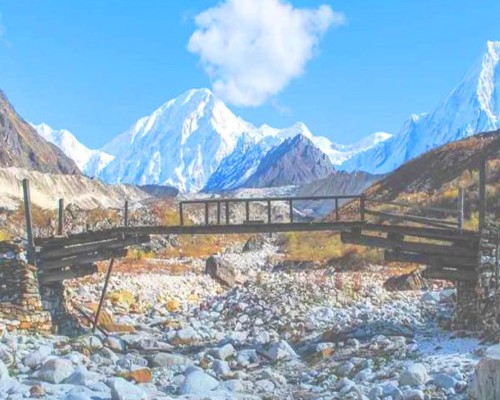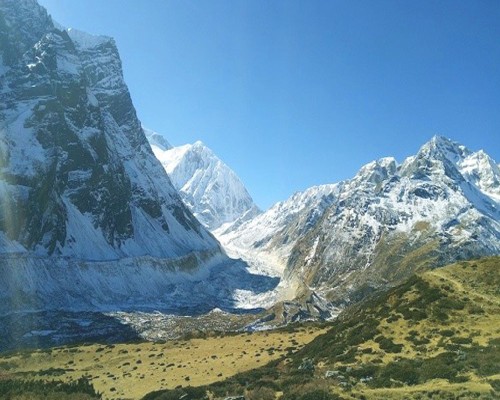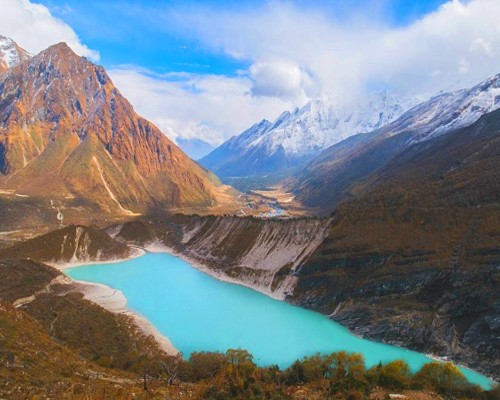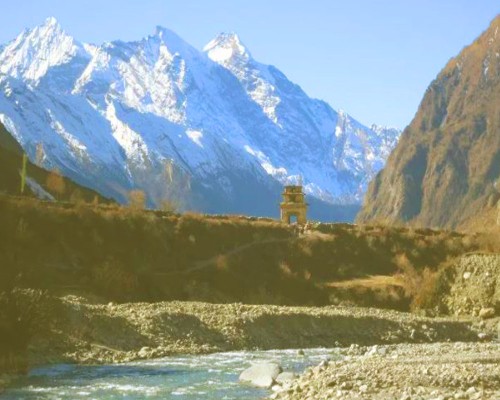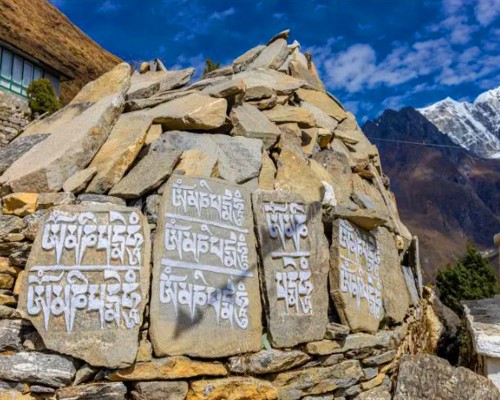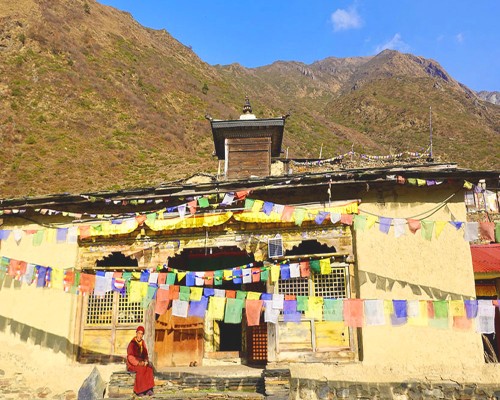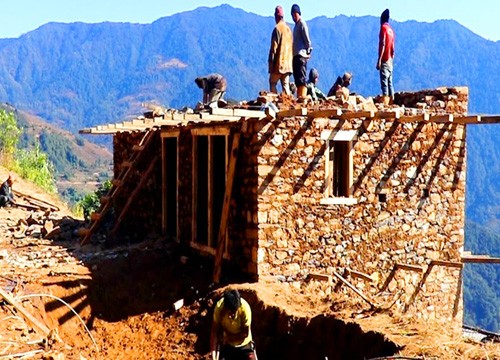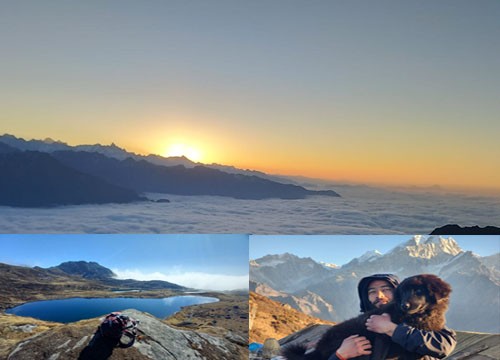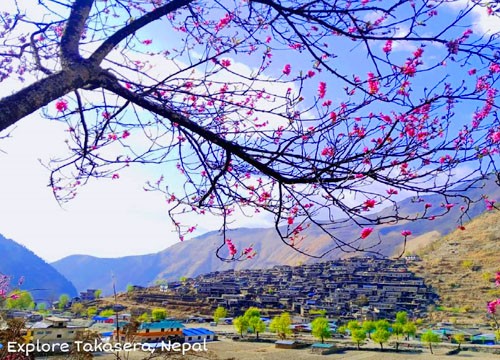Manaslu Tsum Valley Trekking: A Hidden Gem in the Himalayas
The Manaslu Tsum Valley Trek combines two of Nepal’s most rewarding Himalayan trails the remote Tsum Valley and the classic Manaslu Circuit. Nestled in the north-central Himalayas, this trekking route lies within the Manaslu Conservation Area, bordering Tibet. Opened to foreign trekkers only in the early 1990s and Tsum Valley in 2008, the region remains relatively untouched, offering an authentic Himalayan trekking experience. The Manaslu Circuit and Tsum Valley Trek offers an unforgettable journey through one of Nepal’s most spectacular and less-traveled Himalayan regions. Beginning with a scenic drive of about eight hours from Kathmandu to Machha Khola, the trek follows the Budhi Gandaki River valley, winding through lush bamboo, rhododendron, and pine forests. From Soti Khola village near Arughat, the trail climbs steadily through terraced farmland and pristine nature.
As you ascend to Lokpa via Jagat, you enter the enchanting Tsum Valley—a hidden Tibetan cultural enclave known for its ancient monasteries, colorful prayer flags, and Mani walls. The valley’s remote villages reflect a rich Buddhist heritage, where traditional Tibetan-style homes and warm local hospitality await. Along this culturally immersive route, trekkers visit sacred sites such as Mu Gompa, Gumba Lungdang, and Pungen Gompa, soaking in spiritual serenity and stunning mountain scenery.
Continuing beyond Tsum, the trail rejoins the Manaslu Circuit near Deng village and leads to the Nupri region, home to Tibetan immigrants. Key stops include Samagaun and Samdo, where you spend time acclimatizing amidst breathtaking views of the Manaslu massif. From Samdo, a side journey to the Tibetan border via Rui La Pass adds an adventurous cultural dimension.
One of the trek’s highlights is crossing the challenging Larkya La Pass (5,106 m), offering panoramic vistas of towering Himalayan peaks and glaciers. The descent leads to peaceful villages like Bhimtang and Gho, before ending in Dharapani. From there, you can return to Kathmandu or continue to Pokhara, reflecting on an extraordinary journey rich in nature, culture, and adventure. This trek promises awe-inspiring landscapes, authentic Tibetan culture, and a truly off-the-beaten-path experience.
Cultural Insights
The Tsum Valley, also known as the “Hidden Valley of Happiness,” is deeply spiritual and culturally Tibetan. The name “Tsum” comes from the Tibetan word 'Tsombo' meaning vivid. The valley is home to ancient Buddhist monasteries, mani walls, chortens, and prayer flags fluttering in the wind. Key monasteries include Mu Gompa and Rachen Gompa, both offering a glimpse into traditional monastic life.
The indigenous people of Tsum are called Tsumbas, who follow Tibetan Buddhism and maintain strong cultural ties with Tibet. In the broader Manaslu region, Gurung, Tibetan-origin Lama, and Tibeto-Burman communities coexist, preserving their unique customs, dress, and language.

